By Dr Ishtiaq Ahmed
LAHORE: In my first article last Sunday on the Punjab book winning a second award, I had talked about Indian feminists Urvashi Butalia, Ritu Menon and Kamla Bhasin establishing a new trend in partition historiography by relying on oral histories and thus taking the Punjab story to the people, making it real and human. However, their work, which many of us applauded, was confined to the tragedy of some family members and Hindu and Sikh women from western Punjab. They did not look at the fate of Muslim women who too were devastated by the same processes of damnation, demonisation and dehumanisation of the ‘other’ and which typically manifests itself at its worst by capturing the women of the enemy community because that means that total defeat and humiliation has been inflicted upon it. That happened too and on a bigger scale.
However, that gap in partition studies in East Punjab on what happened to the Muslims of East Punjab has been filled by outstanding contributions by the very talented documentary filmmaker Ajay Bhardwaj, whose two films out of a trilogy of three — Rabba, Hun Kee Kariye and Milaan Ge Babe Rattan De Mele Te — are solid proof of the hell that broke loose on Muslims in East Punjab. He has covered an area from Jullundur to the outskirts of the former Malerkotla state. It is a most important contribution and I urge Indian academics to take proper notice of these documentaries. We need more such research from the other side.
Unfortunately, when Butalia reviewed the Indian edition of my book (The Punjab Bloodied, Partitioned and Cleansed) in Tehelka in October 2011, she made a rather strange remark: “Scholars may differ with his analysis, and certainly I don’t find myself in agreement with some of his arguments, in particular whether there was a Muslim plan to wipe out Hindus and Sikhs from the Punjab or a Sikh plan to wipe out Muslims.” I have since then been waiting for those scholars who may have serious credentials as scholars and yet differ seriously with some of my arguments but, more importantly, the evidence I give of two different patterns about how, on both sides, the minorities were forced to leave. I had demonstrated that the Muslim League’s ideology, election campaign, direct action at the beginning of 1947 (January 24 to February 26) and the encirclement of Sikh villages had produced an explosive situation — the first organised carnage of non-Muslims took place in those villages. I also showed that local conspiracies and plots involving Muslim League politicians, partisan judicial and police officials and ex-servicemen to attack Hindus and Sikhs did exist. From March to at least the beginning of July 1947, non-Muslims were at the receiving end in western and central Punjab except Amritsar. Yet, no evidence of a grand Muslim League plan to drive all Hindus and Sikhs out of Pakistan existed.
Attacks on East Punjab Muslims started at the beginning of July 1947 and escalated massively from August 17 when the Radcliffe Award was announced. It is only when they arrived in hundreds of thousands in Pakistani Punjab that the Hindus and Sikhs were finally driven out. I have given evidence of this with the help of the statement by the governor of West Punjab, Sir Francis Mudie, and a number of stories of Hindus and Sikhs who were not leaving because their Muslim neighbours wanted them to stay.
There was a definite Sikh plan to eradicate all Muslims from East Punjab in case the partition handed over those areas and places the Sikhs believed they had a right to on the basis of their religious significance and the greater property they owned. That plan was hatched at the highest levels of the Sikh leadership and I have given the details in my book. The Sikhs wanted to create a third state, Sikhistan/Khalistan but, since they were not in a majority anywhere in united Punjab, expelling the Muslims was imperative to bring the Sikhs from western Punjab and create a compact Sikh majority in central-eastern Punjab. This plan was agreed to in 1945.
As we know, the Radcliffe Award gave Lahore, Gujranwala and Sheikhupura to Pakistan as well as Montgomery and Lyallpur; only Amritsar was given to India. Immediately after the Radcliffe Award became public, organised and coordinated attacks on the Muslims of East Punjab began. Having said this, I do not want to blame one side more than the other. In fact, the book brings forth the greatness of humankind as well. There are amazing stories of Hindus, Muslims and Sikhs going out of the way to protect people from the so-called enemy group. There is, however, a sort of conspiracy of silence, especially among Sikh scholars, in East Punjab. We in Pakistan have now smashed that conspiracy on our side.
The objectivity of the book is amply and abundantly confirmed by the reviews published in both India and Pakistan. Some highly respected academics and journalists from both sides complimented me in their reviews for undertaking such a daunting study and succeeding with it. Professor Pervaiz Vandal made a comment when I met him in Lahore, which I would like to share with my readers. He said, “You have shown how history can be written differently from the conventional methodology of examining official documents. You have gone to the people and come back and told us their story. Therefore, your book is a game changer.”
I would add that there is another quality to the book that deserves the attention of political and social scientists. I have propounded a theory and a theoretical framework, which adds sophistication of the kind that historical studies can never achieve. The Punjab study is unique in detail but it is part of the universal experience of states disintegrating, and apprehensive and suspicious communities and their leaders being trapped in ethnic violence, ethnic cleansing and genocide. The former Yugoslavia is a case very much from our own times and my theory would help understand what happened there and in similar other situations. (Courtesy Daily Times)
(The writer is a visiting professor, LUMS, Pakistan; Professor Emeritus of Political Science, Stockholm University; and Honorary Senior Fellow, Institute of South Asian Studies, National University of Singapore. Latest publications: Winner of the Best Non-Fiction Book award at the Karachi Literature Festival: The Punjab Bloodied, Partitioned and Cleansed, Oxford, 2012; and Pakistan: The Garrison State, Origins, Evolution, Consequences (1947-2011), Oxford, 2013. He can be reached at:billumian@gmail.com)
READ ALSO: How my Sikh family in Lyallpur went to salute Pakistani flag on August 14, 1947

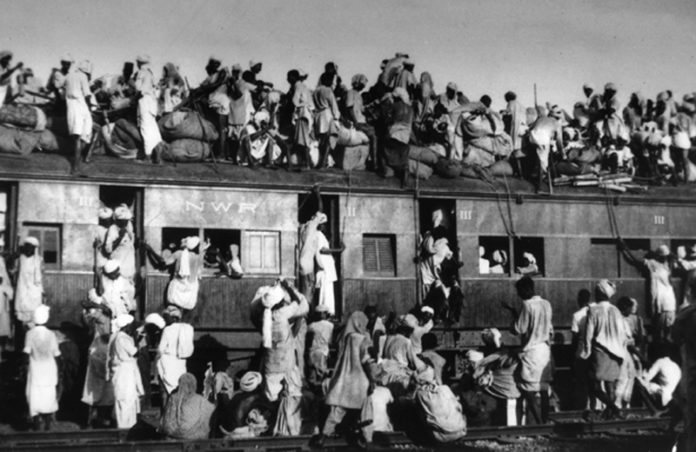
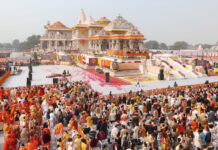
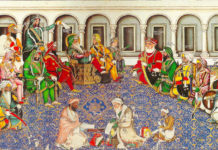
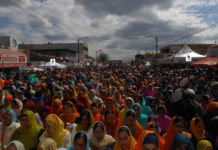


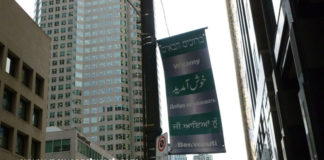

East-Punjab is always in my mind. Our entire civilization was eradicated within months. Our villages of several thousand people were massacred down to the last man, woman and child…only a very few escaped to tell their tales. Of the 12 million registered Muslims (ref. government records of 1942) in East-Punjab only 5 million managed to escape to Pakistan while 2 million people came from other parts of India. I agree that Sikh shcolors are silent on this very painful issue.
Shah – Stop promoting conspiracies and lies. The whole of Punjab including the native states only had 18.5 million Muslims and you claim East Punjab where the Muslims had a minority population they were 12 million! The Sikhs and Hindus of Punjab were faced with the same fate that ISIS had for the Yazidis – murder, rape and forceful conversion. You must have a very low opinion of the Sikhs and Hindus if you think that they would have stood by and been enslaved and murdered by those who were only in a 54% majority. Sikhs and Hindus had to fight and force the Muslims out of East Punjab just as the Sikhs and Hindus of West Punjab were forced out by the Muslims there. You pretend to have some concern for what happened in 1947 and play the victim card. Yet the Muslims were the winner out of the partition. Sikhs lost their best lands and the Hindus their commercial establishments.